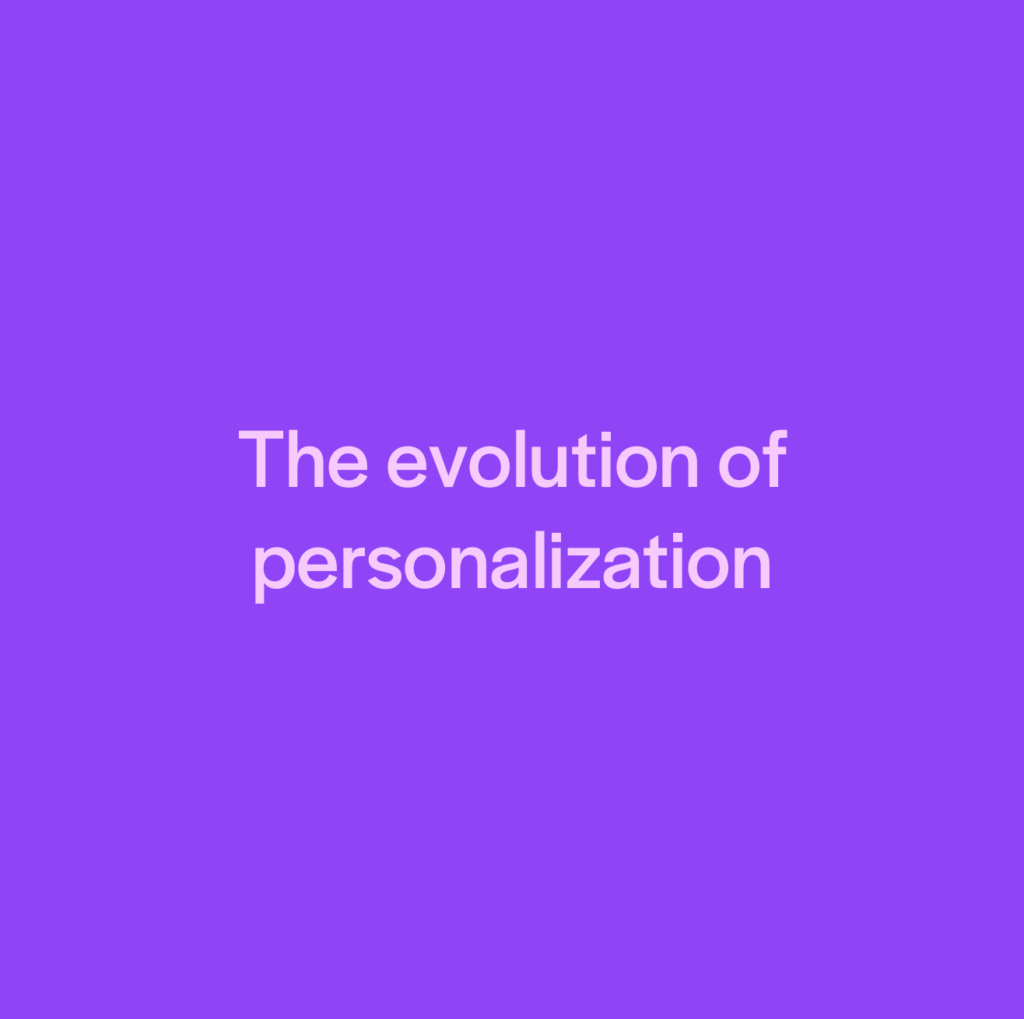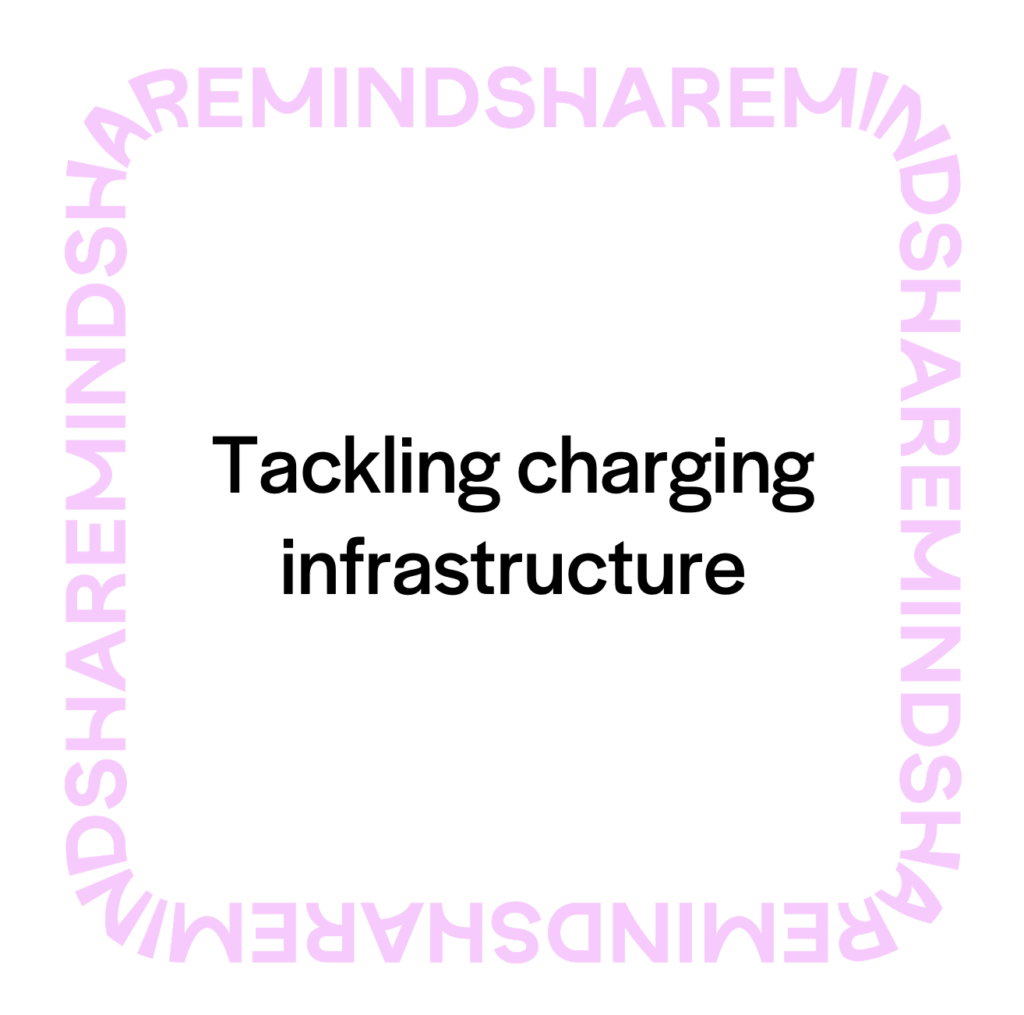12th January 2023
CES 2023: Future of mobility
CES 2023 was a glimpse into the future of mobility.
CES was back with a bang this year touting over 100,000 attendees, more than 2,000 exhibitors and a 70% increase in physical floor space compared to 2022. As part of this ramp up, and for the first time ever, automotive got an independent space in the West Hall. Nearly 300 exhibitors from the sector allowed us to experience the latest in self-driving tech, EVs, charging technology, in-vehicle entertainment and personal mobility devices, first-hand. With the volume of reveals and transportation technology announcements, the conference has firmly positioned itself ahead of the endemic auto shows as the place to be for the latest innovations, concepts, products and services.
Standout exhibits
BMW
The BMW i Vision Dee was presented as a concept car, a follow up to the BMW iX Flow from last year. While concepts should be taken with a grain of salt, BMW confirmed that the latest and most useful feature, the heads-up display, is coming to production cars in 2025. Instead of a traditional dashboard screen, the Dee instead uses the entire windshield as the HUD. It's an AR display that uses the full-width of the windshield and includes five levels of immersion. Level 1 gives you the essentials: speedometer, navigation information, etc. Levels 2 through 4 increases the information onscreen and eventually, overlay navigation information on the road. Level 5 can display a completely virtual environment and is not meant for driving.
Sony x Honda
Sony and Honda announced a joint venture early last year and the Afeela is the result. It has an actual display built into the front bumper, which can be used to provide information to passing cars and pedestrians. Sony showed off various themes that can be used, such as a Spider-Man design that appeared across the front of the Afeela using the display. Imagine Uber drivers using this to easily inform customers that their ride has arrived as the vehicle pulls up. The electric vehicle (EV) will also have an entertainment console built into the car offering various Sony movies, music, and gaming titles. Sony brands, including Playstation, will be heavily integrated. Epic CTO, Kim Liberi, also came on stage to announce that Unreal Engine will be integrated into the Afeela to create a "gaming engine for driving." The vehicle will be powered by Qualcomm's Snapdragon Digital Chassis.
Schneider Electric
Schneider's Smart Home System will allow users to save money by scheduling when certain outlets draw power by controlling the breakers, switcher and outlets to prevent energy drains in the home, like TVs and chargers from drawing power when we don't need them to. For EV users it can schedule when your vehicle charges, timing it to only charge when rates are lowest or if possible only charge using solar panels.
Dolby Atmos
Dolby Atmos is a sound technology (think surround sound 2.0) that attempts to fully immerse you in whatever you're listening to. Atmos has been around for a while in movie theaters and home theaters, but the deluxe Mercedes-Maybach S-Class is one of the first cars to use it. The experience is hard to explain, but CNET Editor Bridget Carey says "The music felt like it was floating in the space around me – I couldn't tell where the speakers were located; it created a surreal sound. When listening to Queen's Bohemian Rhapsody, it was like Freddie Mercury was just floating in front of me."
Zero Labs
Zero Labs got nostalgic with an electric 1969 Ford Bronco. Rebelling against the future, the company’s stand featured a Bronco that had been treated to a full restoration with a carbon-fiber body, and an all-electric drivetrain. Powered by a 100-kWh battery pack, the Bronco has a pair of electric motors producing a combined 600 horsepower and delivering a claimed range of up to 235 miles. Zero Labs uses a scalable EV platform that can be fitted to classic vehicles of various sizes, from a classic Porsche 911 to an old Land Rover. The company offers a turn-key option for electrified Broncos and Series III Land Rovers, or customers can volunteer their own classic car for a one-off project.
Broader technology innovations that ‘matter’
MATTER was announced last year and somewhat stole the show within CES Smart Home & Appliances news as the blockchain based standard that would finally give us interoperability of smart home devices. Apple, Google, Amazon, LG and Samsung sitting at a table together and coming up with a plan to fix the fractured smart home? Sounded like a pipe dream right? But in November, Matter certification labs opened, the SDK is complete, and companies have started manufacturing, upgrading, and getting the official Matter stamp of approval for their devices. With Web3 at the core, we now have a common language for the home. A universal connectivity standard which has driven the tech giants in the space to launch Matter compatible products for the first time. Everything from lights, locks, thermostats and TVs- all the way to smart wellness devices. This is an important observation as we start to view vehicles as extensions of home and technology. How may it impact EV charging products or vehicles themselves in the future?
Themes emerging from this year’s automotive and mobility exhibitors




From aspirational to tangible
After a bumpy 3 years, CES not only felt like there was a new buzz to the show floor but also that the future was now within grasp. Many previous technology announcements seemed like they were 10 years out from being in market but, are now products in the pipeline to be mass produced. Good examples are component technology like HUDs are confirmed for production in 2025, in-vehicle XR being built by Hyundai and smart EV charging being part and parcel of smart home innovation. It is also worth mentioning that even though the excitement around electric and EV concepts of the future was high, this industry hype still has not been reflected in the cars people are choosing to buy. EVs represent only 6% of new car share showing there is still a way to go before closing the gap between industry and consumer adoption.
The evolution of personalization
We saw CES up the ante with personalization technology this year for automotive and beyond. Yes, the BMW concept car has an E Ink cover on its chassis that can change color based on your preference. Similarly, VW unveiled its ID.7 electric sedan that includes a paint job that you can change the color of by scanning a QR code. But we also saw in-vehicle display and entertainment show up with more bespoke features available than ever before. The impact of virtual technology growth was also apparent with companies like DeepBrain AI showing demos of virtual twins that could speak, move and express themselves like real humans using deep learning AI. We heard that BMW are already thinking about using this technology to personalize the dealership and online shopping experience- mirroring dealers, engineers and also celebrity talent for a fraction of usual production costs.
Tackling charging infrastructure
More than a few companies took on charging network challenges in the US at CES this year. Most notably, Mercedes has begun building an own-brand electric car charging network aiming for over 10,000 active charge points by 2027. Designed to charge EVs from manufacturers across the US, Europe, and China, with other markets to follow, the network will fit 350-kW chargers at stations that the company says will be safe, well-lit, and sheltered, and offer food and drink facilities. The navigation system of Mercedes cars will incorporate the chargers when creating a route, and even implement a reservation system, booking out a charger so that it’s available at your estimated time of arrival. With a slightly different approach, the solar-powered Squad claims to be the world's first solar city car with first vehicles to roll off the production line in 2024. It's charged via an integrated panel on its roof so drivers never have to plug in. In a climate like Las Vegas, on a sunny day it could generate enough charge for up to 31kms. HERE, Sheeva and FreeWire also went all in on charging technology with the aim to make it easier, faster and cheaper for consumers.
Lidar market saturation
Lidar companies dominated the show floor in West Hall and even permeated into Smart Homes with companies like bitsensing. Everywhere you turned there was another lidar company, including but not limited to Hesai, Innovusion, Luminar and Ouster. The takeaway here is that none of these companies are much more than a lidar supplier right now and will need to evolve into areas like 3D mapping to survive in the face of staunch competition.
For the automotive sector, CES 2023 has highlighted the advancement of electrification, autonomous applications, and the transformation of the in-vehicle experience as non-negotiables for the future growth of mobility. The conference has made its mark as the most important global showcase of these trends and future innovations in the category.